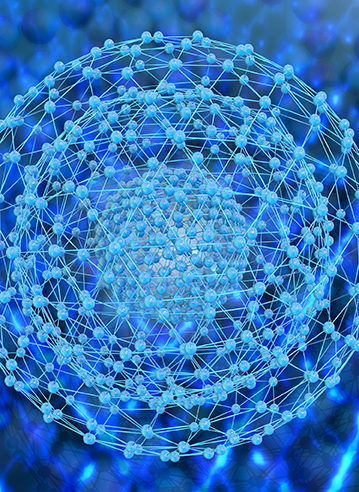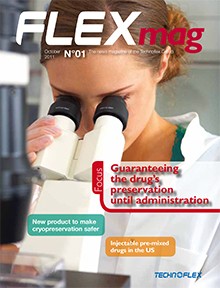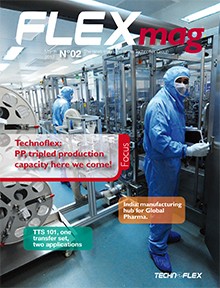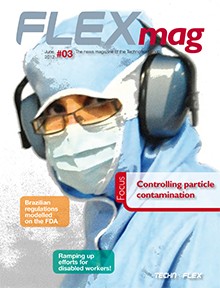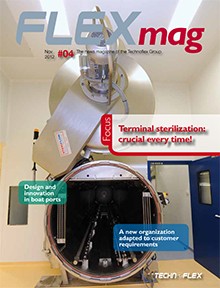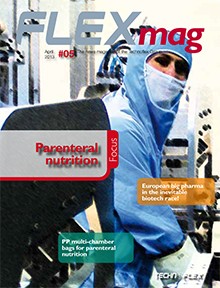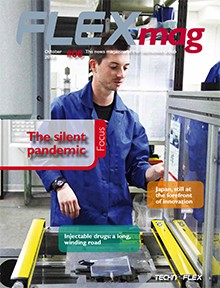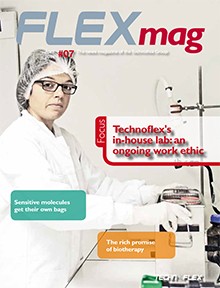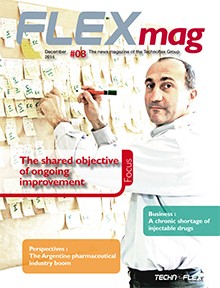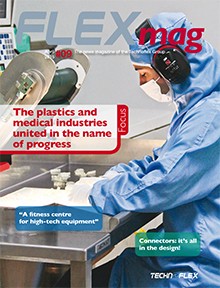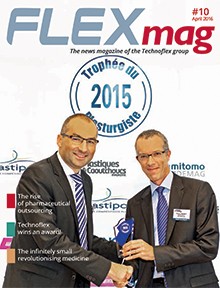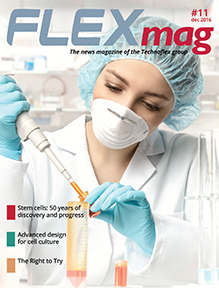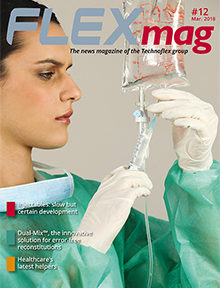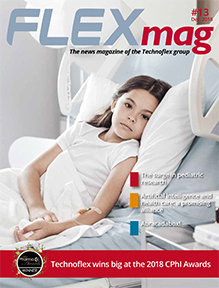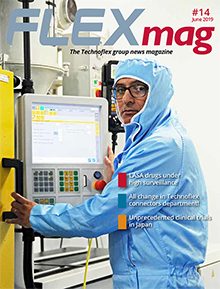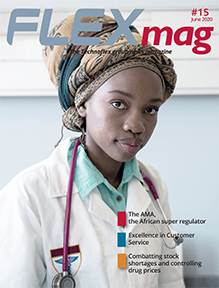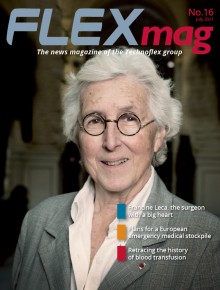The infinitely small revolutionising medicine
Nanotechnoloy, referred to for the first time in 1959, serves to manufacture, transform or assemble objects at nanometre scale (one billionth of a metre). The procedure applies to numerous sectors such as electronics, the food industry and sustainable development. In the medical field, the association of research with the infinitely small has produced attractive prospects in terms of diagnostic methods and therapeutic approaches and in the improvement of the performance of medicines.
In medical imaging, the properties of iron oxide and photo luminous nanoparticles have already been exploited. Also referred to as quantum dot, they act as a contrast agent by lighting up in the presence of cancerous cells.
New miniaturised diagnosis systems have demonstrated their effectiveness: easy to use, with a simple drop of blood or saliva placed on a nanodevice analysed in only 10 minutes. The data is processed by a software program and then collected on a computer. This is the principle of labs-on-a-chip, a new generation of analysis devices which has proved its worth in searching for molecular abnormalities and, for example, in identifying breast cancers. The detection of the latter, before the first symptoms appear, is essential. Compared with current technologies, labs-on-a-chip are easy to use. They offer a rapid diagnosis while considerably reducing costs and the risks of handling errors.
Miniaturised vehicles for active ingredients
When applied to the delivery of medicines, nanotechnologies have given rise to a new, innovative approach to treatment, the vectorisation of medicines. The innovation lies in the miniaturisation of the structures which contain the active ingredient. They appear in the form of a capsule or a sphere to which an agent is added in order to recognise the target cell. The whole subset conveys the active ingredient while protecting it from the human body’s immune system. The nanomedicines, injected intravenously, act as a Trojan horse. Thanks to their nanometric size, they penetrate the cells where they release the active molecule. The action of the medicine, thus targeted, becomes less toxic for the healthy cells and considerably reduces side effects.
From a regulatory point of view, the agencies responsible for assessing applications for marketing approval have not, to date, introduced any specific regulations. The two hundred and thirty nanotechnology products already on the market or currently being developed are therefore subject to the same requirements as conventional medicines.
In 20 years, the first generations of nanomedicines have successfully become part of clinical routine and (recent advances) have altered the landscape of traditional medicine. For all that, the full potential of nanomedicine has not yet been exploited and numerous fields of application remain to be explored: tissue regeneration, cardio-vascular and neurodegenerative diseases and infectious diseases. Infinite possibilities remain to be developed.
Sylvie Ponlot
